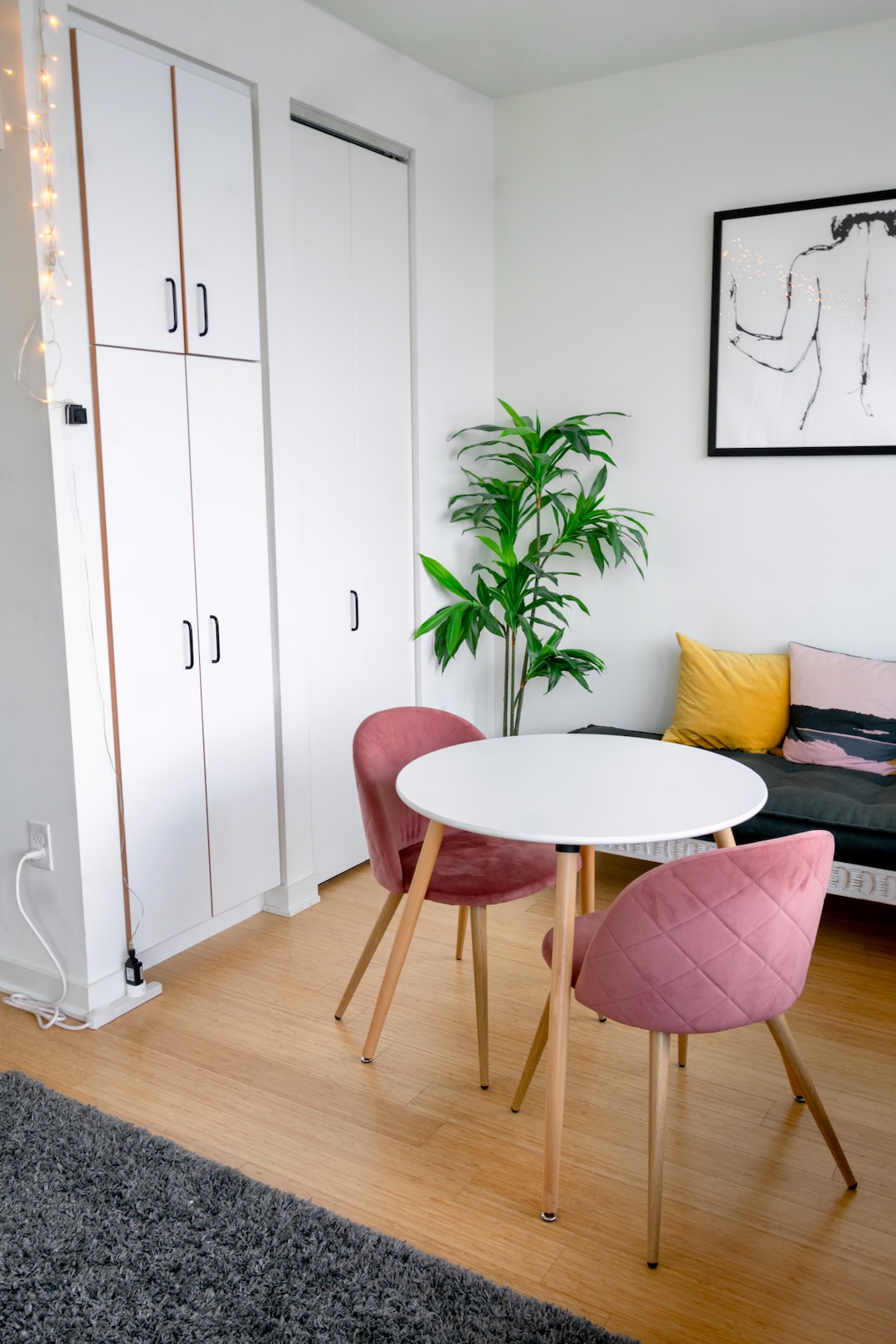Leather furniture has long been a symbol of luxury and sophistication. The use of leather as a material for furniture has been popular for centuries due to its durability, versatility, and timeless appeal. However, like any other material, leather furniture has its own set of pros and cons. In this blog post, we will explore these advantages and disadvantages to help you make an informed decision when choosing leather furniture for your home.
Let’s start with the advantages of leather furniture. One of the most significant benefits of leather is its durability. Leather is a natural material that is tough and resistant to wear and tear, making it suitable for high-traffic areas like living rooms or offices. Unlike fabric furniture, leather does not easily stain or absorb spills, making it easy to clean and maintain. Regular dusting and occasional conditioning are usually all that is needed to keep leather furniture looking its best.
Another advantage of leather furniture is its aesthetic appeal. Leather has a timeless, elegant look that can enhance the overall style of any space. Whether your home has a modern, traditional, or eclectic design, leather furniture can blend seamlessly with different styles and add a touch of luxury to your interior decor. Moreover, leather furniture tends to age gracefully, developing a beautiful patina over time that adds character and charm.
Comfort is also an aspect where leather furniture excels. Unlike some synthetic materials, leather tends to adjust to your body temperature, providing a warm and cozy feeling in colder climates and a cool sensation during hot summers. Additionally, leather furniture tends to be more breathable than other upholstery materials, reducing the likelihood of it becoming sticky or uncomfortable.
However, along with these advantages, there are also some drawbacks to consider. One of the main disadvantages of leather furniture is its cost. Leather furniture tends to be more expensive than furniture made with other materials, mainly due to the quality of the leather used and the intricate manufacturing process. If you are on a tight budget, leather furniture may not be the most practical choice.
Another drawback of leather furniture is its vulnerability to scratches and punctures. While leather is durable, it is not resistant to sharp objects or pets with sharp claws. If you have children or pets at home, it is essential to take extra precautions to prevent any damage to your leather furniture. Regularly trimming your pets’ nails and using protective covers can help maintain the integrity of your leather furniture.
Lastly, it is important to mention that leather furniture requires proper care to maintain its beauty and longevity. Leather needs to be conditioned regularly to keep it from drying out, cracking, or losing its natural luster. Conditioning products specifically designed for leather can nourish the material and prevent it from becoming brittle over time. It is also necessary to protect leather furniture from direct sunlight, as it can cause fading and discoloration.
In conclusion, leather furniture offers several advantages such as durability, aesthetic appeal, and comfort. However, it is also important to consider the disadvantages such as the cost, vulnerability to scratches, and the need for proper care. By weighing these pros and cons, you can make an informed decision when choosing whether or not to invest in leather furniture for your home. Ultimately, it boils down to personal preference, lifestyle, and budget.
